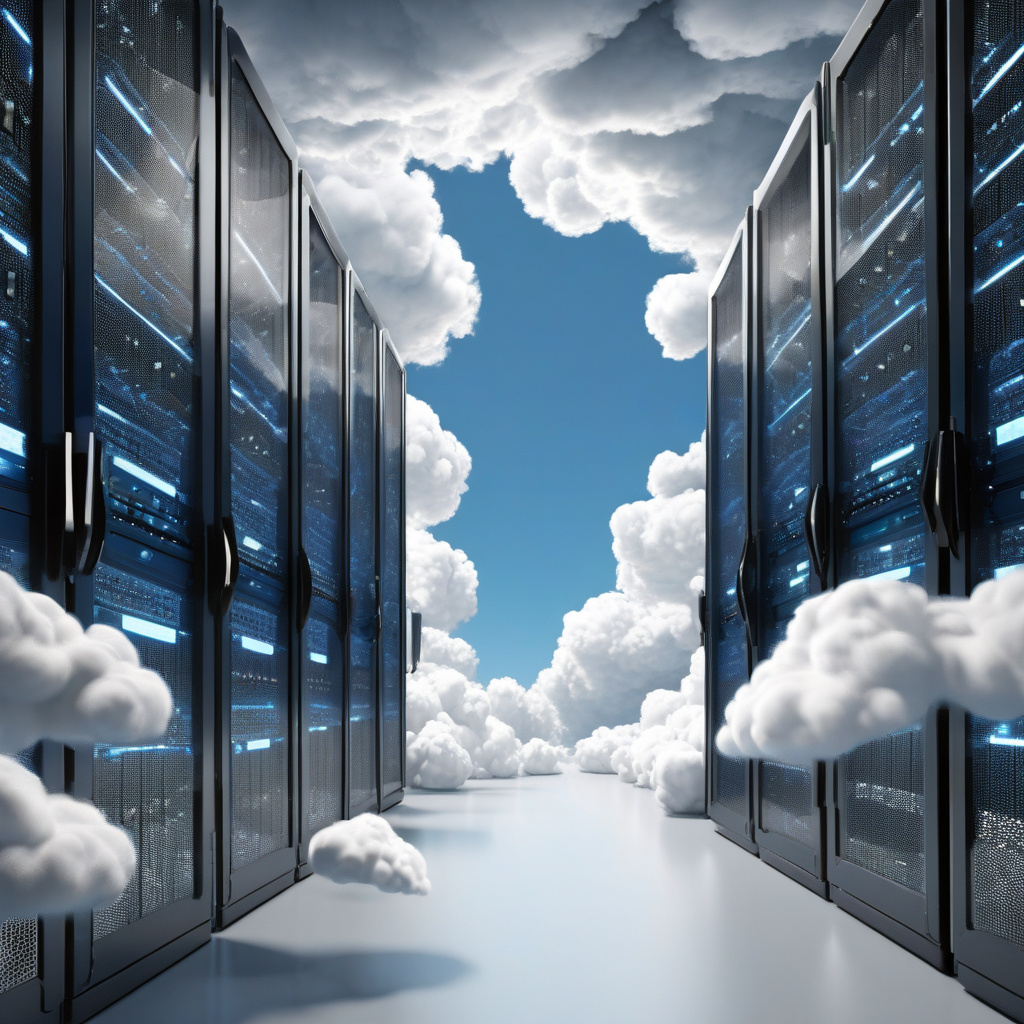In the realm of technology, the concept of “the edge” has been gaining significant traction. While it may sound like a trendy catchphrase, the edge represents a fundamental shift in how we think about data processing and storage. Often described as “cloud computing, but closer,” the edge brings computing resources closer to where data is being generated, enabling faster processing and reduced latency.
One of the key distinctions between traditional cloud computing and edge computing is the physical location of the servers and data centers. In traditional cloud setups, data is sent to centralized servers located in remote data centers for processing. This model works well for many applications but can introduce latency issues, especially for real-time applications or services that require instant responses.
On the other hand, edge computing involves processing data closer to the source, whether that’s a sensor, a mobile device, or any other connected device. By bringing computing resources closer to where the data is being generated, edge computing reduces the distance that data needs to travel, minimizing latency and improving overall performance.
Imagine a scenario where self-driving cars need to make split-second decisions based on real-time data from sensors on the vehicle. In a traditional cloud computing setup, sending this data to a remote server for processing and then waiting for the results to be sent back to the car could introduce delays that impact safety. With edge computing, the processing can happen locally, allowing the car to react instantly to changing conditions on the road.
Another key benefit of edge computing is its ability to reduce bandwidth usage and optimize network resources. By processing data locally and only sending relevant information to the cloud, edge computing can help alleviate network congestion and reduce costs associated with transmitting and storing large amounts of data.
Moreover, edge computing enables new use cases and applications that were previously impractical or impossible with traditional cloud architectures. From augmented reality experiences that require real-time processing to industrial IoT applications that demand instantaneous decision-making, the edge opens up a world of possibilities for innovation and efficiency.
In conclusion, the edge isn’t just a buzzword or a passing trend—it represents a significant shift in how we approach computing and data processing. By bringing computation closer to the source of data, edge computing offers faster processing, lower latency, reduced bandwidth usage, and the potential for groundbreaking new applications. As technology continues to evolve, embracing the edge will be key for organizations looking to stay ahead of the curve and unlock the full potential of the digital age.

